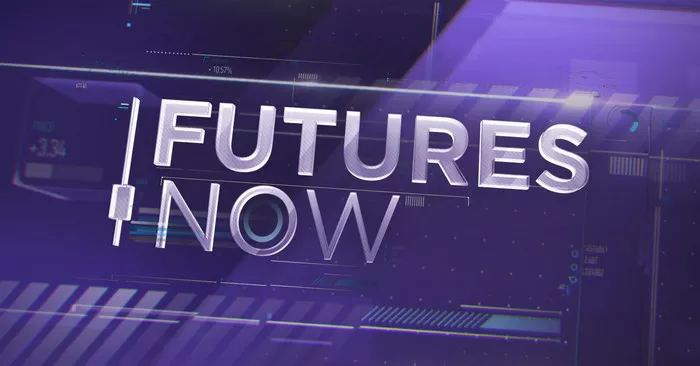Futures trading is a popular investment method that allows traders and investors to speculate on the price movements of a wide range of commodities and financial instruments. These can include agricultural products such as corn, wheat, and soybeans, energy products such as crude oil and natural gas, metals like gold and silver, as well as financial instruments such as stock indexes and currencies.
Buying futures involves entering into a contract to purchase a particular commodity or financial instrument at a specified price and date in the future. The value of a futures contract is based on the current market price of the underlying asset and the expected price of the asset at the contract’s expiration date.
Today, we will explore the steps involved in buying futures, from determining your investment strategy to monitoring your investment and closing your position.
Step 1: Determine Your Investment Strategy
The first step in buying futures is to determine your investment strategy. This will involve identifying the commodity or financial instrument that you want to invest in, as well as the price and date at which you want to buy it. You will also need to decide on the amount of money that you are willing to invest in the futures market.
There are several factors to consider when developing your investment strategy. These include your risk tolerance, investment goals, and market conditions. For example, if you have a high-risk tolerance and want to make a quick profit, you may consider investing in commodities like crude oil or gold, which can be highly volatile. Alternatively, if you are looking for a longer-term investment, you may consider investing in agricultural products like soybeans or corn.
Step 2: Choose a Futures Broker
Once you have determined your investment strategy, you will need to choose a futures broker. A futures broker is a registered professional who is authorized to buy and sell futures contracts on your behalf. When choosing a broker, it is important to consider factors such as their trading fees, reputation, and level of customer service.
There are two types of futures brokers: full-service brokers and discount brokers. Full-service brokers offer a wide range of services, including research and analysis, while discount brokers offer lower trading fees but fewer services.
Step 3: Open a Futures Trading Account
Once you have chosen a broker, you will need to open a futures trading account. This will involve completing an application form and providing identification and other personal information. You may also need to deposit funds into your trading account before you can start trading futures.
There are several types of futures trading accounts, including individual accounts, joint accounts, and corporate accounts. Individual accounts are the most common type of account and are designed for individual investors. Joint accounts are designed for two or more investors, while corporate accounts are designed for businesses.
Step 4: Place Your Order
Once your account is set up and funded, you can place your order to buy futures. This will involve specifying the commodity or financial instrument that you want to buy, the date of the contract, and the price at which you want to buy it. You can place your order online, over the phone, or through a broker’s trading platform.
There are two types of futures orders: limit orders and market orders. A limit order is an order to buy or sell a futures contract at a specified price or better. A market order is an order to buy or sell a futures contract at the current market price.
Step 5: Monitor Your Investment
After you have placed your order, it is important to monitor your investment to ensure that it is performing as expected. This will involve keeping track of market conditions and any news or events that may impact the value of your investment. You may also need to adjust your investment strategy over time to reflect changing market conditions.
There are several tools and resources available to help you monitor your futures investment. These include futures charts, technical analysis tools, reading news and market reports, and consulting with your broker or financial advisor.
Step 6: Close Your Position
Finally, when the futures contract reaches its expiration date, you will need to close your position by either buying or selling the underlying asset. If you bought a futures contract, you will need to sell the asset to realize your profit or loss. If you sold a futures contract, you will need to buy the asset to fulfill your contract.
It is important to note that you can also close your position before the expiration date by selling your contract to another investor. This is known as offsetting your position and can be a useful strategy if you want to exit the market early or lock in profits.
Conclusion
Buying futures can be a lucrative investment strategy for traders and investors who are willing to take on the risks associated with commodity and financial market trading. By following the steps outlined in this article, you can develop a sound investment strategy, choose a reputable broker, open a trading account, place your order, monitor your investment, and close your position. As with any investment strategy, it is important to conduct thorough research and consult with a financial advisor before investing in futures.


